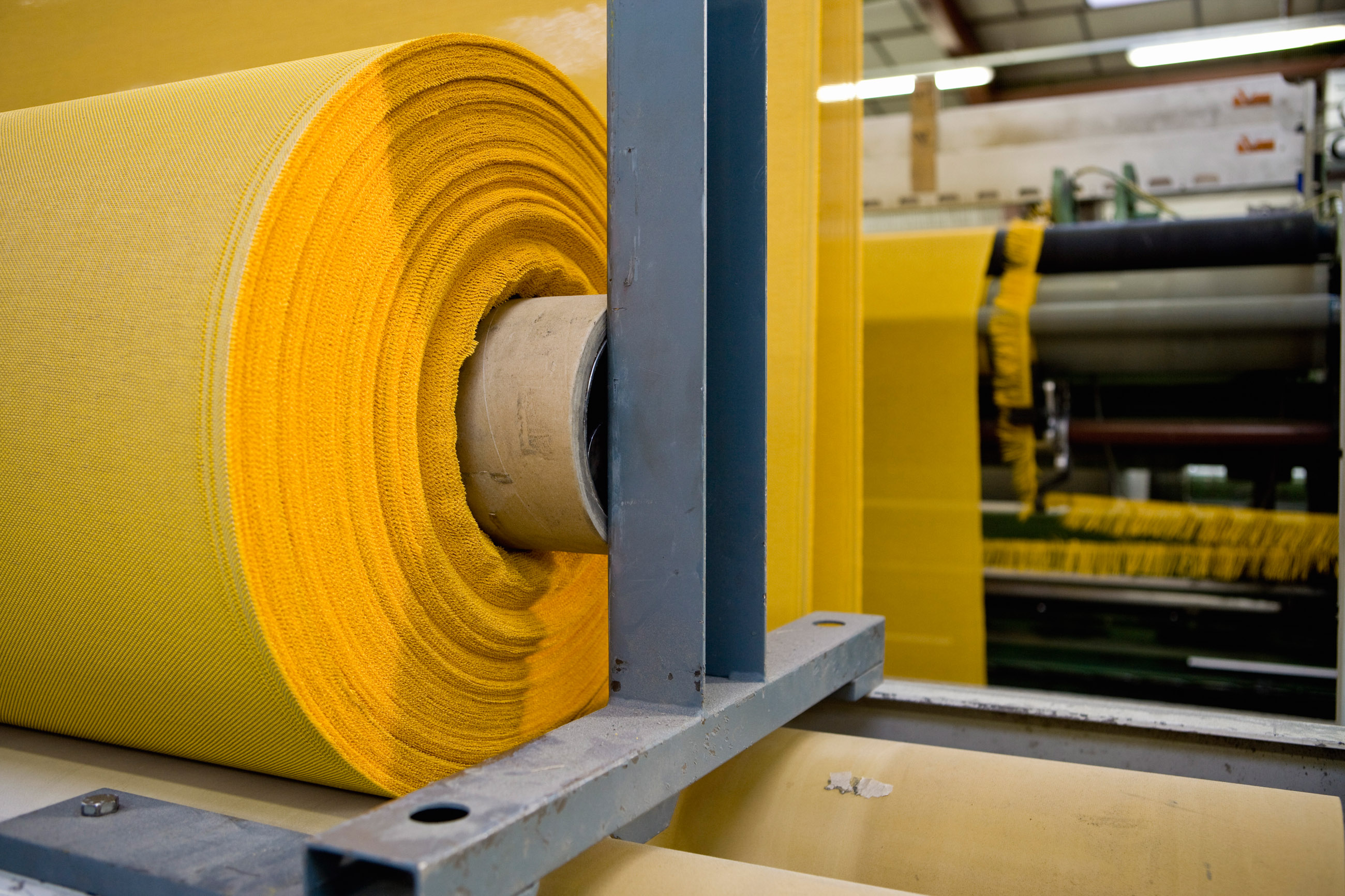Circular Economy and sustainability are often used in the same breath; however, a recent workshop has reminded me of the importance of understanding the different mindsets for sustainability and circular economy.
One of the most exciting aspects of working at SAP is developing new methodologies and solutions around circular economy and sustainability. Based on the Ellen MacArthur Circular Economy model, SAP’s approach integrates thinking around Circular Economy Business Models, the enabling technology and broad business actions, helping to transform your business, product or innovate around a specific sustainability challenge.
In late 2020, the SAP Ventures team piloted our new Circular Economy methodology with customers. Initially, participants adopted a sustainability mindset, keen to explore broad sustainability actions – such as adopting ethical trade, renewable energy, using non-virgin materials in production processes.
Essentially, by approaching with a sustainability mindset, the focus is on changing the current linear production approach to do less harm. Regardless of their good intentions, these sustainability initiatives would, still, end in wasted raw materials and landfill.
In contrast, a circular economy mindset is focused on eliminating this waste, by continuously looping materials and creating new value.
Stepping forward: From Sustainability to Circular
With 84% of clothes ending up in US landfill, fashion brands are increasingly looking for new ways to reduce their footprint and win over the growing segment of a passionate, sustainability-conscious consumers.
The new SAP Insights series, Blank Canvas, illustrated both sustainability and CE mindsets in footwear manufacture in the recent edition – Blank Canvas: Fashion Forward.
Allbirds has largely adopted a sustainability mindset, working upstream and downstream to track and reduce carbon emissions, then investing in carbon offsets to produce zero footprint shoes. Improving the sustainability of materials selection, working with manufacturing partners to improve carbon emissions during production, and tracking transportation emissions.
Embracing a circular mindset, Adidas FUTURECRAFT.LOOP sneakers are designed from the outset to be remade; consumers return the used shoes to Adidas, who will then separate the materials for re-manufacturing into an entirely new shoe – eliminating materials waste and increasing the business value derived.
Adopting a Circular Mindset starts with Business Model Innovation
Circular Economy requires a shift-change to your current practices, beginning with a change in your overall business model. A holistic approach is needed; considering all aspects of your business from sourcing raw materials and supplier relationships, engaging employees in circularity, to the changed relationship with your customer.
The key principle is that waste = opportunity. By recognizing that waste occurs along the value chain, and working through each loop, new business value can be identified at each stage.
SAP’s circular economy methodology helps participants consider each loop in turn, to identify business innovation opportunity in each stage of manufacture, sales & distribution to consumer use.
Exploring and combining Circular Economy loops creates powerful new business innovation
Not all loops are equally powerful in unlocking circular potential value.
The inner loops, where products are cycled longer with consumers or returned to service centres for repair or resale, are more efficient than the outer loops of re-manufacturing or recycling. Usually operating within a defined geographic boundary, requiring minimal transportation or conversion into new materials, these super-efficient inner loops offer a myriad of new business models such as pay-per-use or sharing platforms.
By designing their sneakers to be machine washable and highly durable, Allbirds are optimising an efficient inner loop by keeping the product cycling longer with the customer.
By contrast; consider recycling products to reclaim the technical materials, for input into new production processes or across industries.
Recycling requires additional energy inputs, transportation and processing in order to sort and breakdown raw materials into a reusable form. These processes in turn create externalities and waste, which need to be further factored into a circular economy strategy.
After working through the circular economy loops, new business ideas emerge by connecting ideas across multiple loops, forming a cohesive proposition.
By combining these new business models with broader sustainability actions and technology, SAP helps to make the innovation real, moving from ideas to viable business models at scale.
Sustainability or Circular – which mindset should you adopt?
To make the world a better place for future generations, adopting either mindset is going to be a step in the right direction!
However, if you wish to go beyond simply improving your current business process to do less harm, consider adopting a Circular Economy mindset across your business operations.
Circularity will extend your sustainability actions into high impact, innovative business models; unlocking new business value from waste, creating lasting growth and social outcomes.
For more background on SAP Circular Economy approach, and the enabling technology to support both circular economy and sustainability at scale, visit the SAP Climate 21 Community.
This article originally published on Linkedin.


